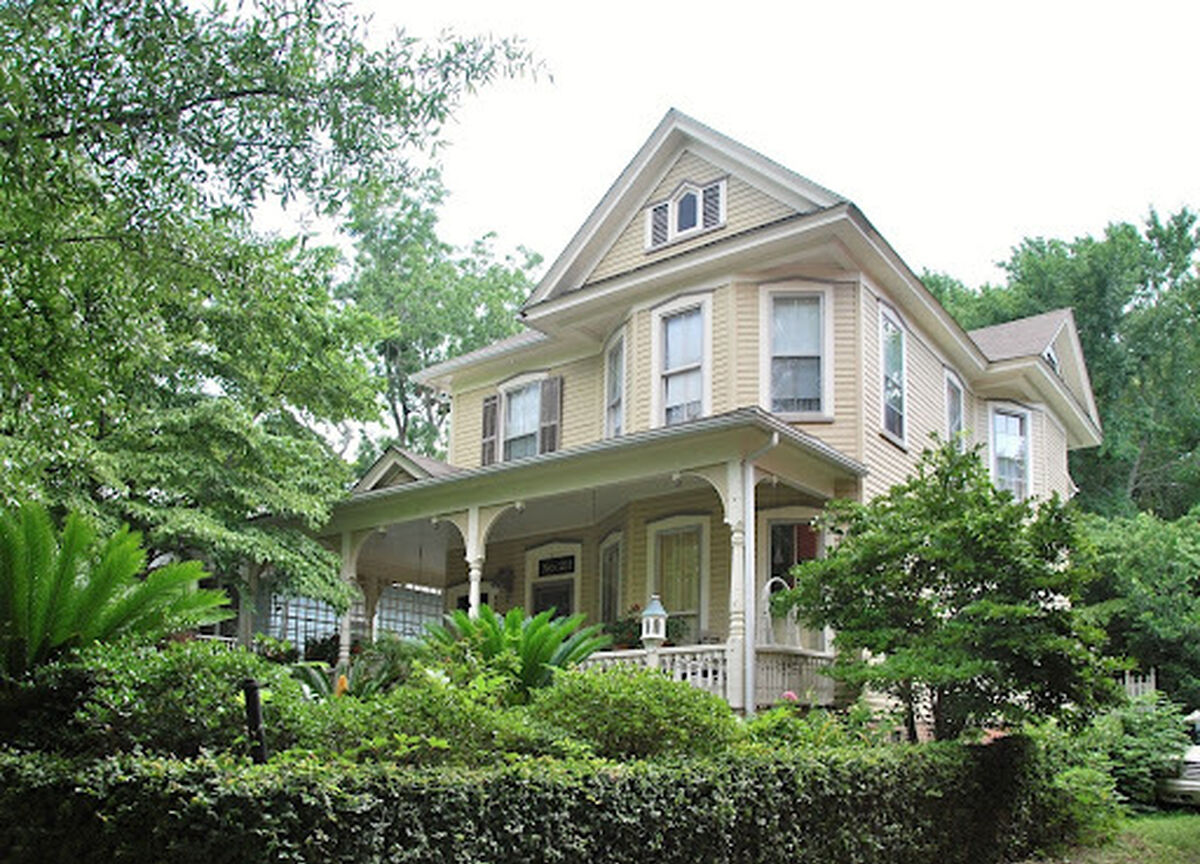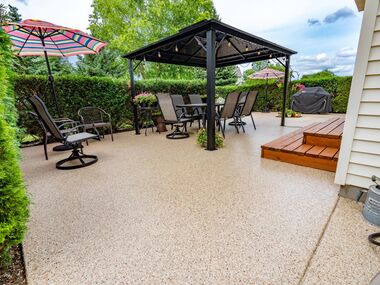Historic Wilmington Homes and Lead Paint: What RRP-Compliant Remediation Looks Like

One defining characteristic of Wilmington, North Carolina, is its historic homes, many of which date back to the 18th and 19th centuries. If you own one of these incredible residences, you already know its character comes from its original features and detailed craftsmanship. But for homes built before 1978, there’s a good chance lead paint is part of that history, too. Addressing this issue safely requires a specialized approach carried out by lead-certified painters like Anderson Painting. These are professionals who understand how to preserve what’s beautiful while also protecting your family’s health.
What is RRP Compliance?
RRP stands for Renovation, Repair, and Painting. It is a federal regulation enforced by the EPA that governs how lead-based paint must be handled in pre-1978 properties. Only lead-certified contractors are authorized to perform this work. Anderson Painting is proud to hold this certification, meaning our team is trained in EPA-approved lead-safe practices.
While some homeowners might wonder, “Does lead paint have to be removed from historic sites?” the answer depends on the condition of the paint and the surface underneath. In most cases, complete removal is not required. Lead paint only becomes a problem when it begins to deteriorate through friction or daily wear and tear. This is when it releases fine dust particles that can settle on common surfaces and cause lasting health problems if inhaled. The key is proper containment, safe handling, and encapsulation to protect you, your contractors, and the integrity of your historic property.
What Safe Remediation Looks Like
Our process for addressing lead paint in Wilmington, NC homes is RRP-compliant lead remediation. Here’s what that looks like:
Containment: We isolate the work area using heavy-duty plastic sheeting to prevent lead dust from spreading.
Wet Scraping: Using the wet scraping method, we lightly mist the surface to loosen and remove peeling paint without generating airborne dust.
Encapsulation: When the paint is otherwise stable, we apply lead encapsulating paint designed to seal the surface and create a durable barrier. This lead encapsulation method is one of the most effective and least invasive ways to deal with older coatings.
Cleanup: Every surface is cleaned using a HEPA-filtered vacuum and wet-wipe system to ensure the space is spotless and safe.
These steps comply with EPA standards while protecting the architectural details that make Wilmington’s historic homes so special.
Choosing a Trusted RRP Certified Painting Contractor
You may be thinking about whether to just Google “lead-certified painters near me” to address concerns around lead paint in your home. Our advice is to bypass the algorithms and contact our RRP-certified Anderson Painting team. As a trusted lead-certified local contractor, we understand the balance between preservation and protection and that removing lead-based paint from a historic structure must be done with precision and care. Our experienced teams follow all safety protocols, use the proper protective equipment, and we will take the time to answer any questions you might have about the process.
Whether you need to encapsulate lead paint exterior surfaces or address peeling layers inside, our team brings the professionalism you need and the peace of mind you deserve.
Connect With Anderson Painting
Historic homes deserve extra care and attention. If your Wilmington property may contain lead paint, trust Anderson Painting’s lead-certified professionals to handle it safely and with care.
Contact us today to schedule an inspection and get an RRP-compliant plan tailored to your home.



